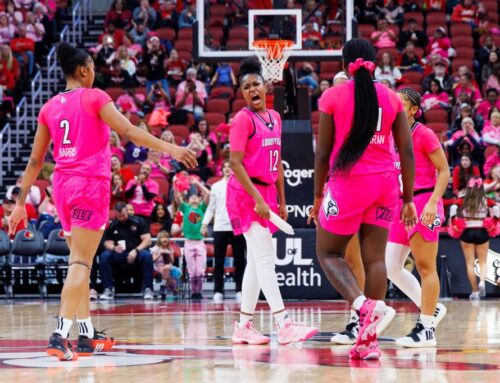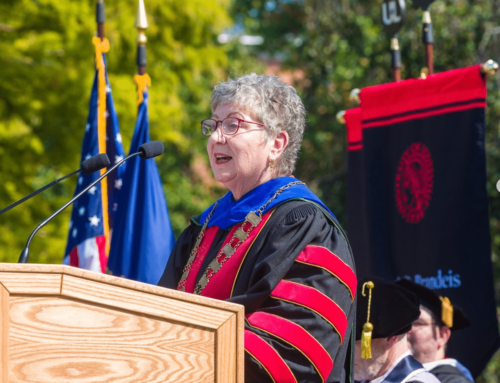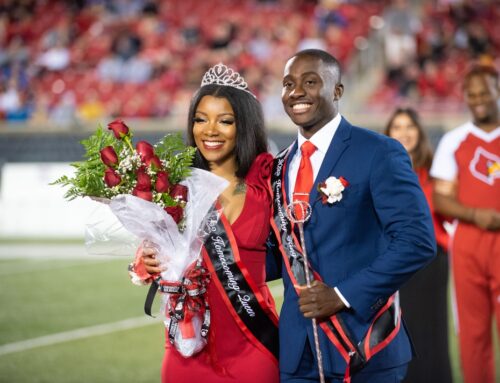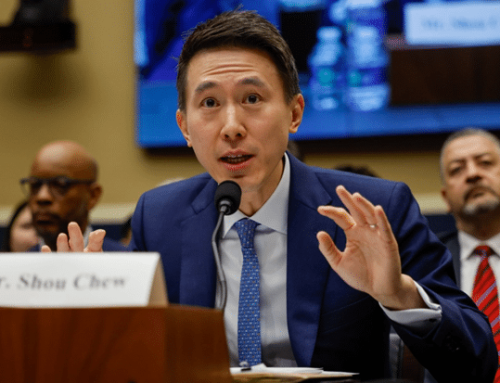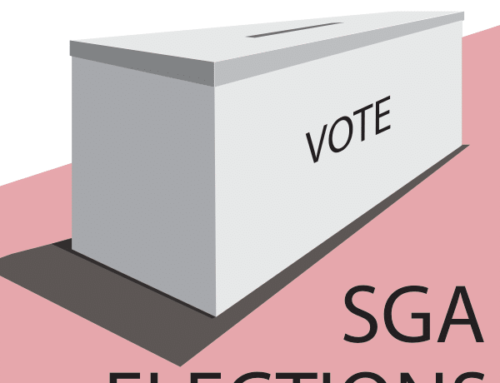By Josh Abner
AFTER ANNOUNCING the results of the Student Government Association election Wednesday, March 27 at 4 p.m., the SGA Supreme Court discovered a technical error in the voting system, causing a series of events that could eventually lead to the current election’s annulment and a complete re-election.
Election discrepancies include initial vote undercounting in the Nursing School causing differing results from those originally announced, the Supreme Court’s failure to declare A&S Senate candidate Shannon Jeffries a winner in her election and considerable inconsistencies in the length of time that voting booths were kept open at different polling sites and their scheduled times of operation.
Five of seven Supreme Court Justices held a closed door meeting for more than five hours late Wednesday afternoon after finding that 40 ballots cast from the voting machine at the Nursing School polling site were not included in the announced voting results. After these deliberations, the Supreme Court issued Opinion 02-02 written by Chief Justice Shawn Cantley stating, “The addition to the results of these 40 votes changed the outcome of only one race….” The original announcement for the Academic Vice-President pitted John Daniel against Chris Johnson in a runoff. However, after adding the Nursing School votes the results showed candidate Dave Kaelin with 489 votes to Johnson’s 481, seemingly pitting Kaelin against Daniel, who garnered 571 votes, in the runoff under the SGA Constitution. Section 3.6.1 of the SGA Constitution clarifies runoff situations:
“…If a candidate fails to receive a sufficient percentage of the votes [40%], there shall be a runoff in a time, date and manner set by Election Commission (now the Supreme Court) for that office between the two candidates receiving the most votes.”
HOWEVER, the Supreme Court chose in Opinion 02-02 to allow Daniel, Kaelin and Johnson to run in the runoff election. The Court cited the following reasons for this decision:
“The Court made an official public statement, speaking in its capacity as a body of the SGA, that Chris Johnson had won a spot in the AVP runoff election. While we feel that, overall, the election results are fair, under the present circumstances, we do not believe that it would be fair to Chris Johnson to recant our public announcement that he was in the run-off. Likewise, it would not be fair to Dave Kaelin, who, in fact, received more votes than Chris Johnson, for this SGA Court to keep him out of the run-off. Therefore, we will allow a three-way run-off between Chris Johnson, Dave Kaelin, and John Daniel.”
To read the full opinion of the Court, go to http://www.louisville.edu/sga/court/opinions/opinion02-02.pdf.
Nearly 100 students gathered outside the Student Life Office Wednesday night while the Supreme Court was in deliberation, waiting for their official results. Many were frustrated with the lack of communication between the Court and the waiting students.
“It just seemed like it would have gone a lot smoother if they had come out and updated people instead of making them sit in silence for two hours,” said senior CIS major Shawn Redemann.
THE ACADEMIC Vice President’s race is not the only race where voting discrepancies were found. In the Arts and Sciences’ Senate race, the Supreme Court announced a run-off for the final A&S Senate seat between Rick Curtsinger and Disha Pancholi who both tied with 202 votes. However, upon reviewing the election results, The Cardinal found that the Supreme Court failed to declare Arts and Sciences Senate candidate Shannon Jeffries a winner with 240 votes, negating the need for a run-off between Curtsinger and Pancholi.
Jeffries had mixed feelings when learning of the actual election results. “When Josh Abner of The Cardinal informed me that I had actually received the third most votes in the A&S senate race, I was shocked, excited, and angered,” Jeffries said.
Jeffries plans to appeal the Supreme Court’s initial ruling. “I will certainly file an appeal in hopes of outing their error. Considering the Supreme Court opinion of the results of the AVP race, it will be interesting to see what course of action they take in fairness to the candidates announced as winners and to me,” she said.
In response to the Jeffries issue, Supreme Court Justice Shawn Cantley was contacted at work. He said, “I do not have the data that we relied upon in front of me at the moment. Without that data, I couldn’t give you an informed answer.”
THE CARDINAL also investigated the length of time each voting site was kept open. The Supreme Court outlined specific polling sites and times for the elections at http://www.louisville.edu/sga/court/elections/elec02/sitestimes.pdf. Each individual polling site had differing times it would be open. The Student Activities Center, where A&S students voted was set to be open for 16 hours over the two-day election period: 9:00 a.m.-2 p.m. and 4-7 p.m. each day. According to the voting machine printouts at the SAC voting site, the two machines used operated for an elapsed time of 13 hours and 44 minutes and 11 hours and 21 minutes respectively, meaning A&S voting booths closed a minimum of two-hours and sixteen-minutes early. In contrast, the College of Business and Public Administration was kept open eight hours and 57 minutes; two hours and 57 minutes longer than the six hours outlined by the Supreme Court. The Law School, also outlined to be open for 6 hours, was open for 11 hours and 5 minutes. Davidson Hall, open to Music, Education and Kent voters, was open for 12 hours, 10 minutes, nearly two hours less than the 14 hours outlined by the Court. Nursing, Medical/Dental and Speed voting machines all had elapsed times very near their outlined times.
ROGER BAIRD, President of Harp Enterprises, the company that maintains the voting machines used by SGA, confirmed that the times given on the voting site computer printouts were accurate as to how long the polling booths were open. “That internal clock is very reliable. I trust it with my life,” he said. “I can assure you that’s how long those polls were open.”
Baird also commented that while the tally system cartridges on some polling sites had been flawed, the computer printouts from the polling sites were indicative of the actual results of the election. “The paper tapes that came off each voting machine were accurate and those results do total the accurate results for the election,” Baird said.
Some students and candidates are calling for a complete re-election. Chakeia Manley, SGA senator and candidate for Executive Vice-President said, “I feel that as if the race was not followed by the rules set forth, then it is our duty as senators and students alike to demand justice,” she said.

